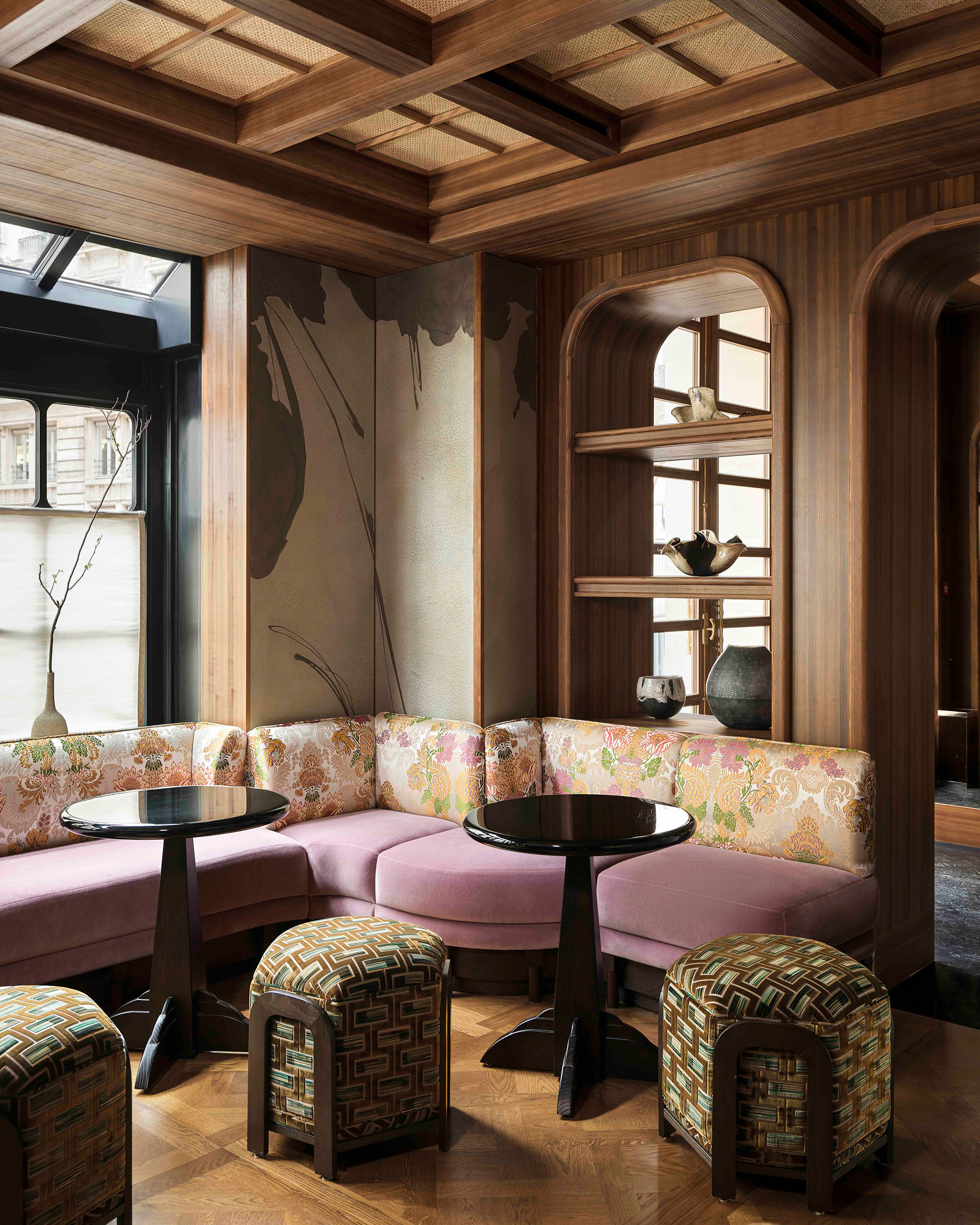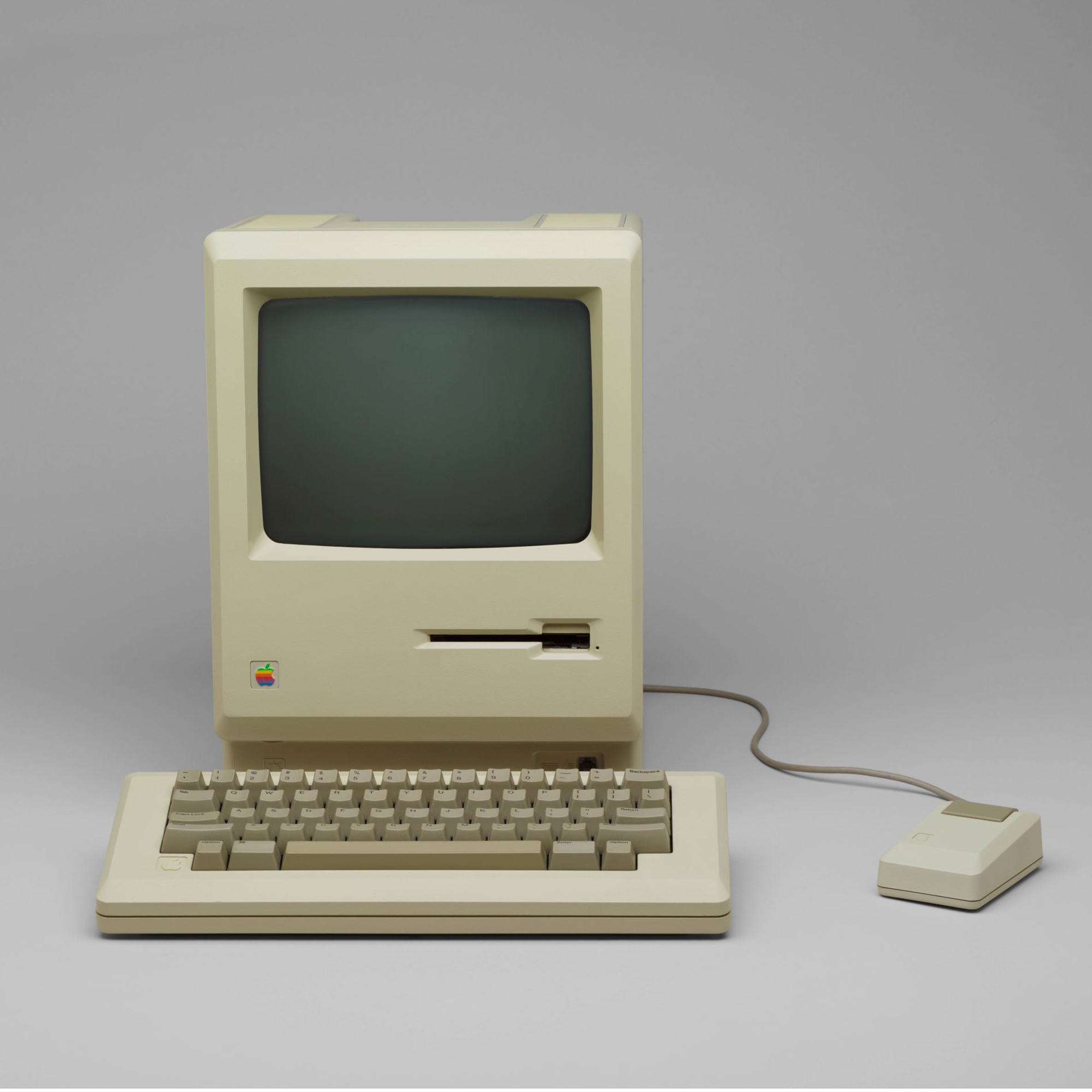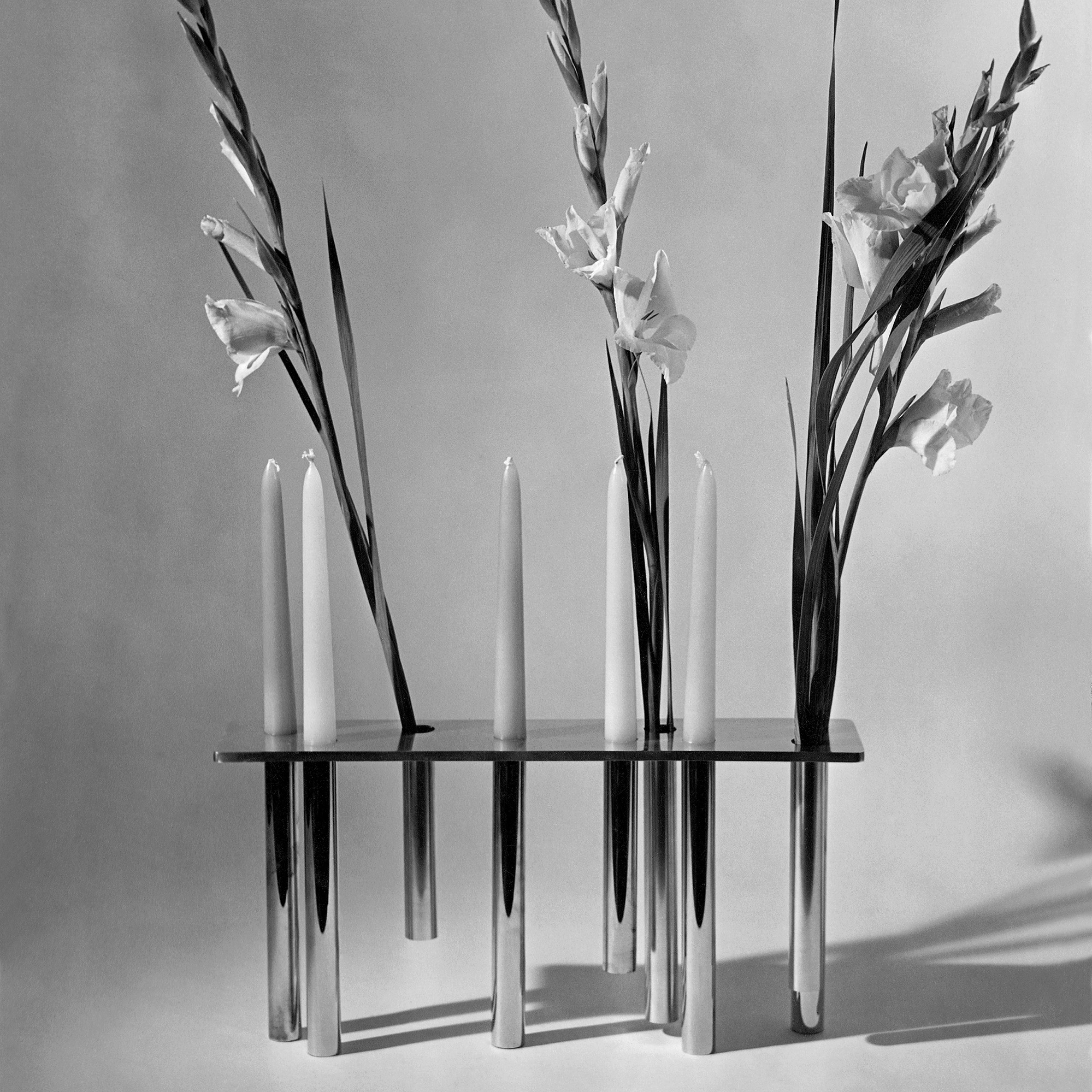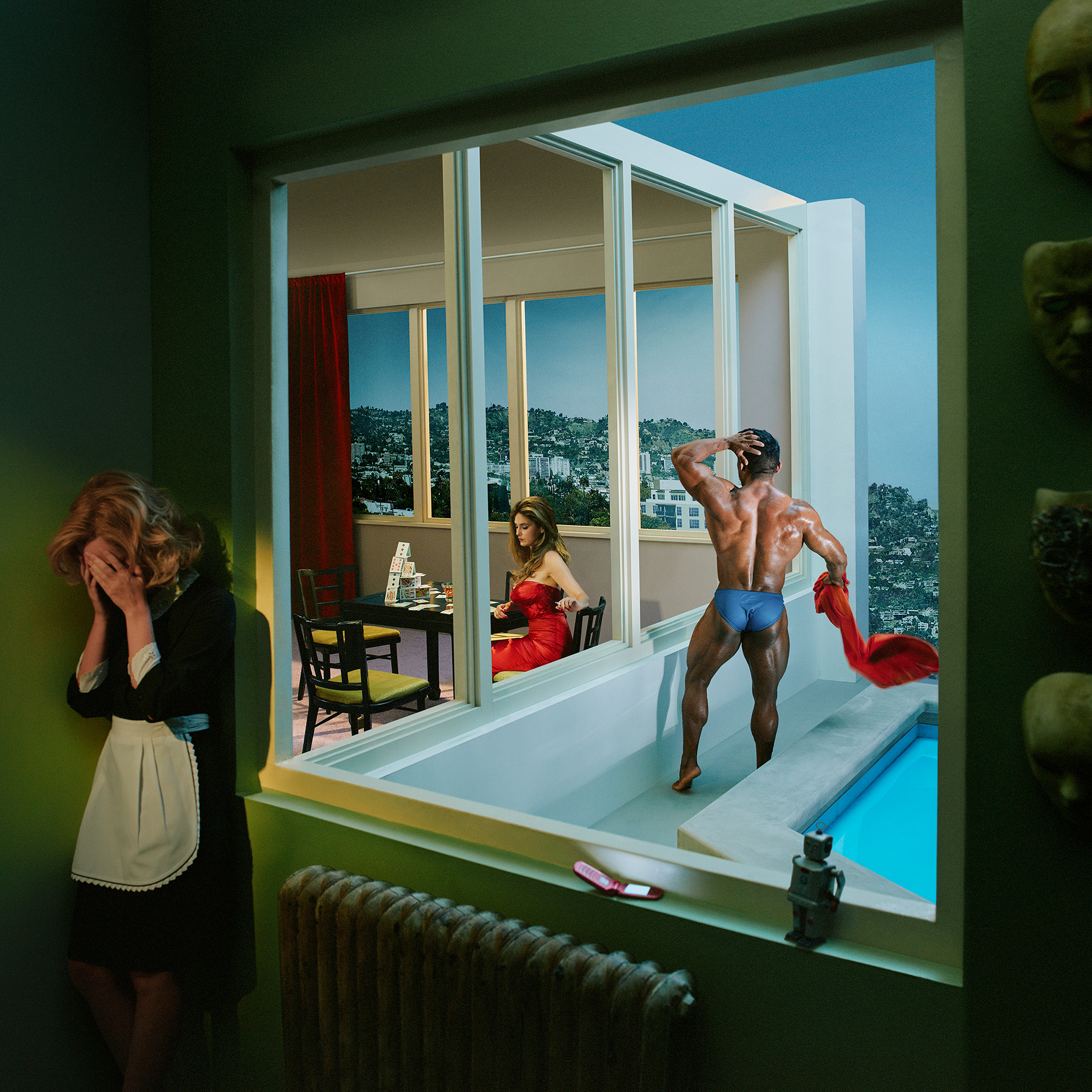Mark Your Calendars: The Grand Tourist 2026 Guide to Art and Design Fairs
A great design or art fair sets the tone for the year, defines the conversations, and points to where taste is headed. These are the fairs defining 2026. Save the dates.

Welcome to The Curator, a newsletter companion to The Grand Tourist with Dan Rubinstein podcast. Sign up to get added to the list. Have news to share? Reach us at hello@thegrandtourist.net.
This past week I took on the persona of a flâneur—a casual observer, worldly explorer, and connoisseur of life—as I navigated the Parisian streets in search of culture, news, design, and trends during the 2025 editions of both Paris Déco Off, a citywide fabric extravaganza, and the accompanying Maison&Objet home-furnishings fair that concluded Monday. Art, design, and culture collided during the week, with art imitating life and vice versa. After taking in the last moments of the stellar exhibition “Surrealism: First and Always” at the Centre Pompidou (which will eventually travel to Philadelphia this year), I saw Maison&Objet’s neo-surrealist installation called “Sur/Reality,” envisioned through the quirky lens of former podcast guest Julien Sebban, the founder of the wildly successful (and wildly colorful) Uchronia studio. British designer Faye Toogood was also represented in an exhibition at the fair as the 2025 Designer of the Year.
Textile art was exhibited on a grand scale in three ambitious installations across town. Retailer Le Bon Marché’s annual art exhibition featured Brazilian artist Ernesto Neto’s monumental crocheted Le La Serpent pieces suspended from the store’s ceiling. Nearby, the Fondation Cartier presented Colombian fiber artist Olga de Amaral’s career from the 1960s to the present, with multimedia works made of linen, cotton, horsehair, gesso, and gold-leaf threads intricately woven into wall tapestries and three-dimensional hanging sculptures. I wept while walking through Japanese-born Chiharu Shiota’s exhibition “The Soul Trembles” at the Grand Palais. The Berlin-based multimedia artist created immersive rooms constructed from tangled webs of yarn that posed existential questions highlighting identity, boundaries, life, and death, and that were beyond moving.
In between appointments, I visited the studios of local talents, including furniture designer Raphaël Navot, who utilizes digital printing when creating furniture models for Italian fashion brand Loro Piana, and artist-designer Pierre Marie, whose artistic practices have evolved over the past few years, creating vibrant, dizzying patterned textiles that are also a tad surreal, stressing digital output mixed with traditional artisan techniques.
In the world of fabrics, travel loomed large as a theme everywhere I looked: French textile house Pierre Frey launched Deserts at the Hôtel de Guise, where designer Elizabeth Leriche layered kilim, Berber, and Bedouin patterns into a room styled like a Moroccan tent. A North African spirit was spotted on Kasbah, a rainbow-hued architectural motif from No.9 Thompson by Richard Smith. Belgian Gert Voorjans’s Flair Collection channeled the Middle East with Orient, a fabric that mimics the look and feel of a Persian rug. And Lebanese designer Chahan Minassian collaborated with Fortuny on their new line, Armonia, a range of shiny, neutral metallic cotton fabrics inspired by the craft of the brand’s founder, Mariano Fortuny. Speaking of travel as inspiration, Japanese culture was omnipresent inside shops, bakeries, and restaurants throughout the city: Rubelli introduced Kyoto, a double-sided geometric silk jacquard, and Harlequin’s Kasuri Collection included delicate brushstrokes on a fabric called Kimono. I even spotted a demure Asian-style soup spoon at the launch of Countrepoint, a porcelain line for Hermès by Nigel Peake.

One of my favorite installations I saw during the week was one for The House of Liberty Collection, which offered a preview of 27 fabrics and three wallpapers in anticipation of their 150th anniversary. The famed London department store has reimagined its decorative legacy marking key periods from 1860-1980 using botanicals, paisleys, florals, and geometrics influenced by the Aesthetic Movement, Art Nouveau, Art Deco, and the 1960s by way of art director Bernard Nevill.
Of course, sometimes the best inspiration to be found in Paris isn’t in its showrooms, but in the city’s endless number of creatively designed hotels. Last summer’s Olympics spurred the openings of multiple properties, including the ultra-chic 58-room Hôtel Balzac Paris & Spa Ikoï, which I got to relax in before my flight home. Located off the Champs-Élysées and designed by Charlotte de Tonnac and Hugo Sauzay, the timeless, minimalist decor is in a hushed palette of warm shades of cognac, camel, and caramel, with layers of burled wood, solid oak, lacquer, velvet, and marble.
Additional sleepovers included three hotels from the upstart Chapitre Six, a French boutique brand founded by Nicolas Saltiel in 2016. Most of their five-star hotels are petite and located in and around town, with each property echoing an original theme, from the branding and visuals to the food. From my stay at the artsy atelier-themed Hôtel des Académies et des Arts, to a few nights at the ever-stylish Anouska Hempel–designed Monsieur George and Hotel Hana, which possessed a completely different spirit exuding Japanese calm, I was impressed by the group’s variety of stays. Hana’s stylish ground-floor bar and restaurant, wrapped like a jewel box, was upholstered in silk, damask, grass cloth, and cut velvet, and was created by French architectural designer Laura Gonzalez. Known for her eclectic, luxe hospitality interiors, she is busy now crafting a New York outpost of Printemps, the Parisian department store, set to open this spring.

Coming to New York: Cy Twombly’s Poetic Scribbles, a Lebanese-American Writer, and Wild Glassware
“Cy Twombly” (Opens Jan. 23)
American painter Cy Twombly’s scribbles have long stirred a commotion among critics and the public, making him one of the most influential artists of the 20th century. His paintings seemingly reject the obligation for art to be something other than itself, leading away from postwar Abstract Expressionism. “It’s more like I’m having an experience than making a picture,” he said once. Now, Gagosian presents his paintings, sculptures, and works on paper from 1968 through 1990, including his “blackboard” paintings and some never-before-seen work. gagosian.com
“Etel Adnan: This Beautiful Light” (Until March 1)
It was only in her late 80s that poet and writer Etel Adnan’s art began gaining popular recognition, though she had been painting for decades. The Lebanese American author, known for her poignant words on war and suffering, wrote her most acclaimed work, Sitt Marie Rose, after fleeing to Paris from the Lebanese civil war in 1975. She started painting when she was 34, when words weren’t enough for her. “I write what I see, I paint what I am,” she said. This show presents her diverse artistic output, including paintings, ceramics, tapestries, works on paper, and folded booklets called leporellos. whitecube.com
“Louise Nevelson: Shadow Dance” (Until Mar. 1)
When she was attending art classes in NYC in the early 1930s, Louise Nevelson experimented with found scraps of wood and salvaged materials because they were cheap and easy to come by. She used these pieces to create monumental sculptures that broke new ground for female artists at the time. The MoMA acquired Sky Cathedral in 1958, the same year she made it. Ahead of a major retrospective at the Centre Pompidou in the fall, this show pairs Nevelson’s iconic sculptures with her rarely seen collages. pacegallery.com
“Pirouette: Turning Points in Design” (Opens Jan. 26)
For this show, the curators at MoMA have put together a list of some of the most influential and imaginative design work from the past 100 years. Some of them are works so significant that it’s hard to imagine a world without them, like the perfectly simple “I heart NY” logo, the first Macintosh, and early emojis. The list also recognizes the influence of more niche inventions, from furniture to socially conscious innovations. moma.org
“Richard Marquis: In Motion” (Opens Jan. 24)
Freshly graduated from Berkeley in 1969, Richard Marquis followed his interest in glasswork to the Venini factory in Venice on a Fulbright fellowship. It was an unusual opportunity. No American before him had learned Venetian techniques, like murrine, from the distinguished glassmakers. His early objects, like an oversize drug capsule decorated with the American flag, veer away from traditional aesthetics and reveal an imagination steeped in everything from California funk to the free-speech movement at Berkeley. This show focuses on one of the artist’s unconventional inspirations: vehicles of transportation. It presents 20 glass sculptures of cars, boats, and World War I ships—glass like you haven’t seen before. r-and-company.com —Vasilisa Ioukhnovets

A great design or art fair sets the tone for the year, defines the conversations, and points to where taste is headed. These are the fairs defining 2026. Save the dates.

We assembled our favorite design objects for the people on your list that have everything, including taste.

We checked in with our former podcast guests who will be inching through Miami traffic, unveiling new works, signing books and revealing new projects this year.